Exploring the Israeli Popeye Missile: A Comprehensive Overview
By Prajesh Majumdar
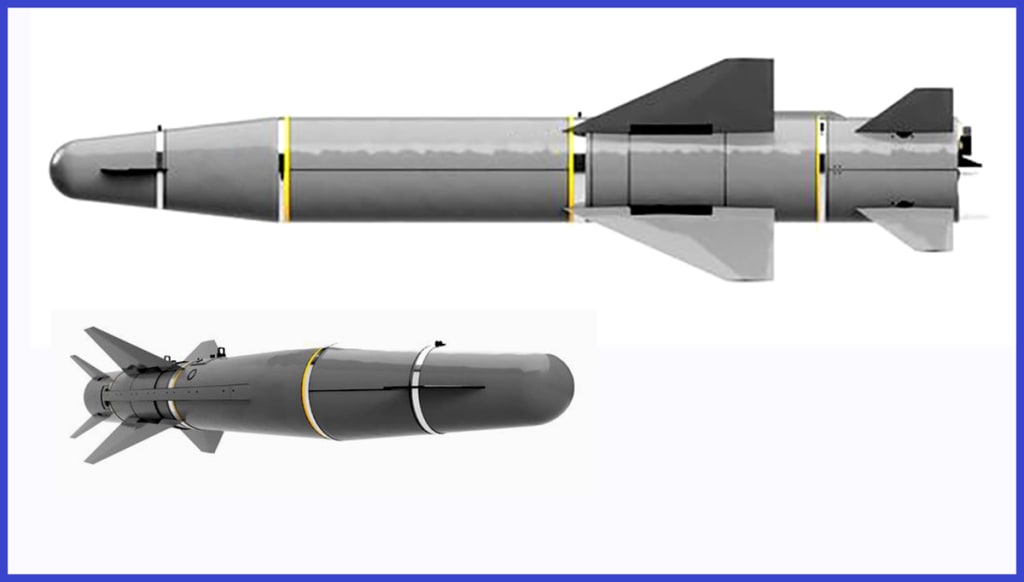
Discover Another Cutting-Edge Weaponry: Get to Know the Best of the Israeli Popeye Missile Details. This air-to-surface missile (ASM) is a precision-guided munition developed by the Israeli defence company Rafael Advanced Defense Systems. It is renowned for its accuracy and effectiveness in striking ground and naval targets. The missile comes in various versions, including the Popeye I and Popeye II, each designed for specific operational requirements.
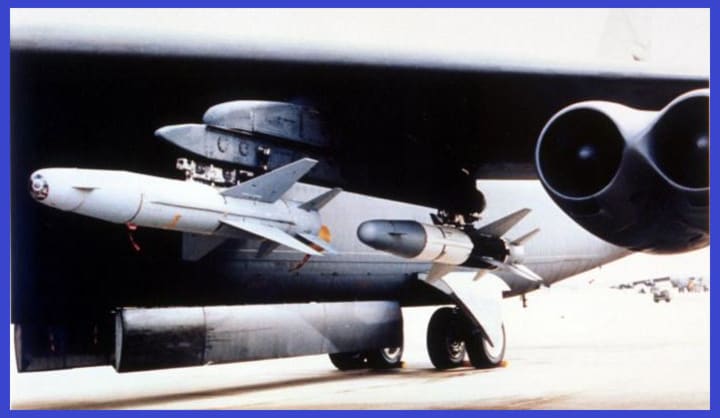
The missiles are equipped with advanced guidance systems, incorporating inertial, imaging infrared, or TV guidance, which guarantees exceptional precision even over extended distances. These missiles commonly carry high-explosive warheads and can be deployed from diverse platforms, including aircraft and submarines. This adaptability renders them suitable for an extensive array of missions, from targeting enemy military installations to striking naval vessels.
Throughout the years, the Rafael Popeye missile has found application in numerous armed forces across the globe, demonstrating its dependability and efficiency in contemporary warfare. Its capability to execute precise strikes over long distances establishes it as a valuable asset for achieving military objectives with minimal collateral damage.
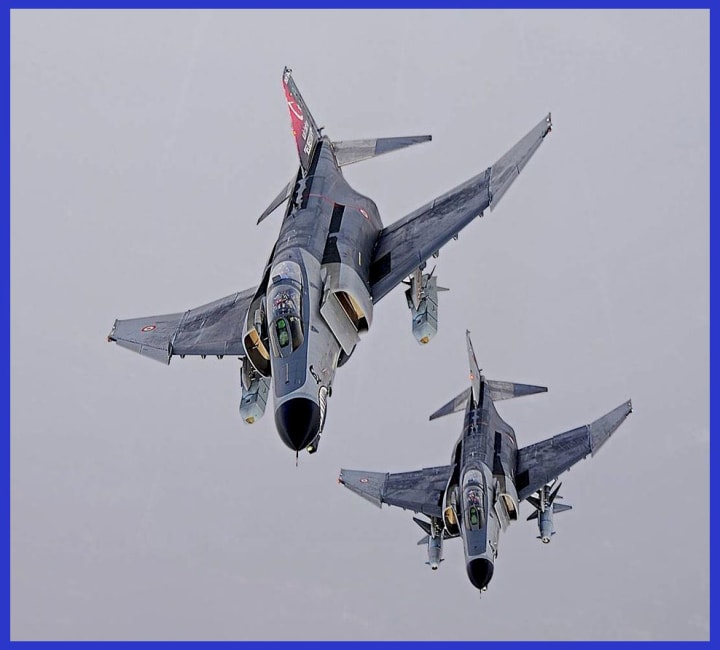
Design Parameters of the Popeye ASM
Precision Strike Capability: One of the primary design goals of the Popeye ASM is to achieve precision strikes, thereby minimizing collateral damage and reducing the risk to friendly forces. The system is specifically tailored for precise attacks against larger targets from extended standoff distances. Both the standard Popeye and the smaller Popeye-Lite are propelled by single-stage solid rockets. In 1994, Rafael introduced the Popeye Turbo ALCM (air-launched variant) with a jet engine and folding wings, establishing a publicly disclosed minimum-maximum range of at least 320 kilometres (200 miles) for that particular variant.
Guidance Systems: The missiles are outfitted with advanced guidance systems, typically featuring an inertial guidance system for directing the missile towards its intended target. To achieve precise terminal homing, the operator has the capability to directly control the missile through an INS (Inertial Navigation System) and a data link, using either a television or imaging infrared seeker, which depends on the specific missile model.
Importantly, it's not mandatory for the launching aircraft to retain control of the missile; control can be seamlessly transferred to another platform while the launching aircraft safely exits the area. The export versions offer a choice between two types of warheads: a 340 kg (750 lb) blast/fragmentation warhead or a 360 kg (790 lb) penetrator. These guidance systems work in harmony to ensure that the missile precisely reaches its intended target.
Versatility: The missiles are engineered for launch from various platforms, such as aircraft and submarines, providing versatility for a broad spectrum of operational scenarios. Notably, the Israeli submarine-launched cruise missile (SLCM) variant is reported to feature jet propulsion and nuclear capabilities, significantly extending its operational range, as detailed by the Federation of American Scientists (FAS). In a noteworthy test in May 2000, the missile's launch was tracked over a distance of 1,500 kilometres (930 miles).
These major design parameters collectively make the Popeye ASM a versatile and accurate weapon system suitable for a variety of military missions, including strategic and tactical strikes against both land and naval targets.
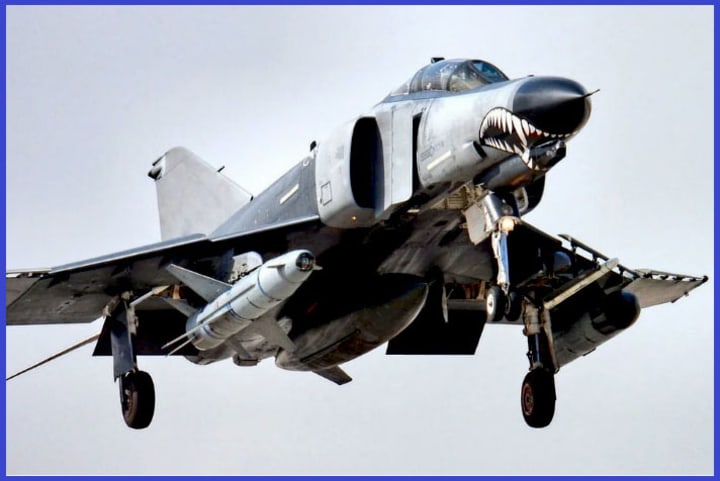
Variants of the Popeye ASM
There are several variants of the Popeye air-to-surface missile (ASM) developed by Rafael Advanced Defense Systems, each designed for specific operational requirements.
Popeye I: This marks one of the early versions, with its primary purpose being precision strikes against ground targets. It integrated a diverse set of guidance systems to guarantee precise targeting. This standard solid-rocket-powered standoff missile had dimensions of 4.82 meters in length and a weight of 1,360 kilograms. It was furnished with a warhead, which could weigh either 340 kilograms for blast fragmentation or 360 kilograms for penetration. It incorporated a blend of inertial, imaging infrared, and TV guidance for precise targeting. The baseline variant had an operational range of 80 kilometres, and the missile boasted a 3-meter CEP (Circular Error Probable).
Popeye II: This is an improved version of the original original missile, commonly known as Popeye Lite. It serves a dual purpose, excelling in targeting both land and naval objectives, and offering a 75 km range with enhanced precision. Its more compact dimensions, measuring 4.24 meters in length and weighing 1,125 kilograms, make it a suitable choice for lighter aircraft, such as the F-16I Sufa, granting them the capability for precision standoff strikes. The system incorporates advanced guidance systems, making it suitable for a wide range of tactical operations.
Popeye Turbo (ALCM): The Turbo version is an extended-range iteration of the Popeye II, categorized as an air-launched cruise missile (ALCM). This variant is powered by a jet engine and liquid fuel, measuring approximately 6.25 meters in length. It's reported to possess a range exceeding 340 kilometres, enabling it to reach targets at even greater distances. This variant is equipped with advanced guidance and a more robust propulsion system. It is designed to be operated by heavier fighters, such as the F-15 and F-4 Phantoms.
Popeye Turbo (SLCM): This is an elongated variant of the Popeye Turbo, specifically developed for deployment as a submarine-launched cruise missile (SLCM). It garnered considerable attention due to a widely reported incident in 2002 when a US Navy-observed test in the Indian Ocean showcased its capability to successfully strike a target located 1,500 kilometres away. This suggests that the missile's range has been extended to a level that allows it to be launched against Tehran and other Iranian cities from a relatively secure location.
This variant is assumed to be equipped with a 200-kiloton nuclear warhead and is believed to serve as the primary strategic second-strike nuclear deterrent weapon, deployable from the 650 mm (26 in) secondary torpedo tubes of the Israeli Dolphin-class submarines. It is worth noting that the SLCM version of the Popeye was developed by Israel after the US Clinton administration declined Israel's request in 2000 to procure long-range Tomahawk SLCMs, citing compliance with international MTCR (Missile Technology Control Regime) proliferation regulations.
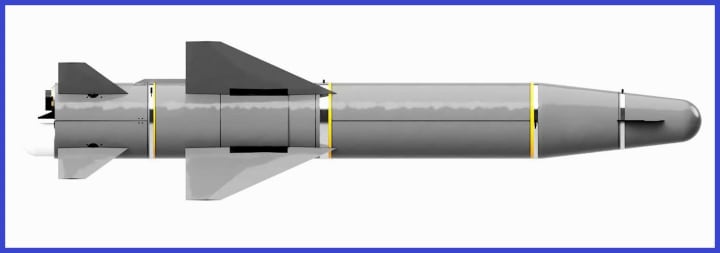
Popeye Spice: This variant represents an advanced and unique addition to the missile family. It incorporates a data link for in-flight retargeting and an imaging infrared (IIR) seeker to enhance target recognition. Rafael Advanced Defense Systems introduced a guidance kit named "Smart Precise Impact Cost-Effective" (SPICE) designed for Mk 84 bombs, which was built upon the technology of Popeye missile seekers. This particular variant is suitable for use in both daytime and nighttime conditions.
Crystal Maze or Raptor: This iteration was developed in 2004 as a lighter version of the Popeye missile designed for use in India. It boasts an approximate range of 100 kilometres, a weight of 1,100 kilograms, and the capacity to carry an 80-kilogram warhead. India received its initial shipment of Crystal Maze missiles in 2006, totalling around 30 units for the Indian Air Force.
Operators of the Popeye ASM
In addition to Israel, five other nations have employed the Popeye ASM weapon system. These countries are Australia, India, South Korea, Turkey, and the United States. According to reports, both Australia and the United States have discontinued the use of this system; it has been retired from their arsenals.
Click here to read the complete article on AirPra
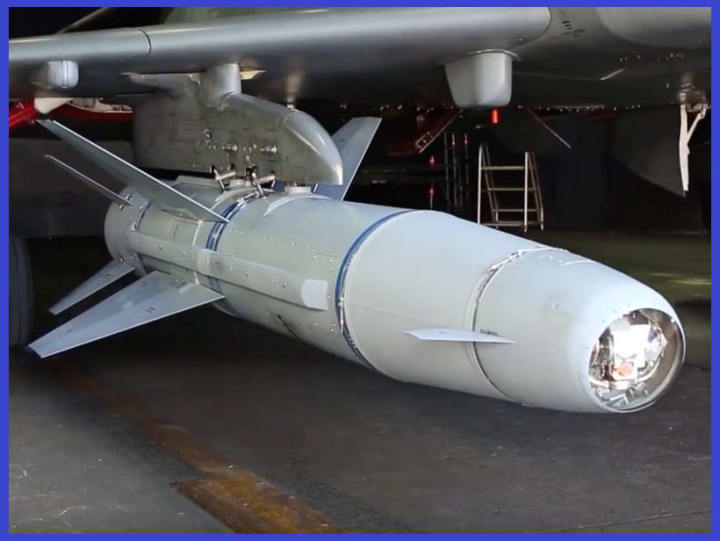
About the Creator
Prajesh Majumdar
Hi there, I'm Prajesh, the creator of airpra.com
The site is dedicated to nurturing a community of individuals with a keen interest in exploring the intricate aspects of defence equipment and related news.
Enjoyed the story? Support the Creator.
Subscribe for free to receive all their stories in your feed. You could also pledge your support or give them a one-off tip, letting them know you appreciate their work.






Comments
There are no comments for this story
Be the first to respond and start the conversation.